Thanksgiving Rescue: How Six Students Saved the Crew of the Calumet
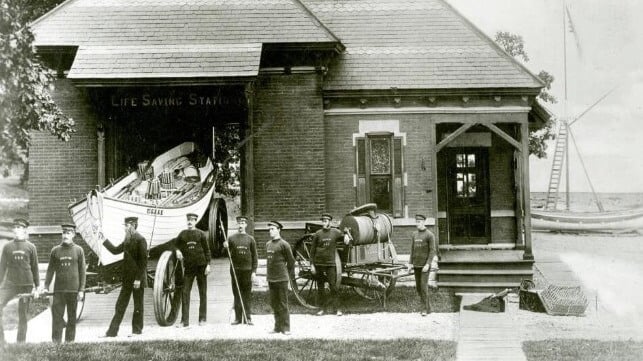
[By Cmdr. Timothy R. Dring, retired U.S. Naval reserve, U.S. Life-Saving Service Heritage Association]
Lawrence Oscar Lawson was born n\ear Kalmar, Sweden, in 1842. His father died when he was 14 years old; however, at the age of 18, young Lawson began sailing with his stepfather, who was a ship captain. In the spring of 1861, Lawson sailed for New York City, and for the next three years made his home there. During the Civil War years, he crewed a vessel that carried supplies to Union Army units in the Chesapeake Bay region.
In July 1880, Lawson was appointed keeper of the U.S. Life-Saving Service station on the campus of Northwestern Academy (later Northwestern University). Station Evanston was unique. From 1877 until the 1915 merger of the Life-Saving Service with the U.S. Revenue Cutter Service to form the Coast Guard, all of the surfmen at Evanston were volunteers from the student body of Northwestern Academy. Keeper Lawson was very careful to select student volunteers best suited to the rigid training and discipline required of a lifesaving crew.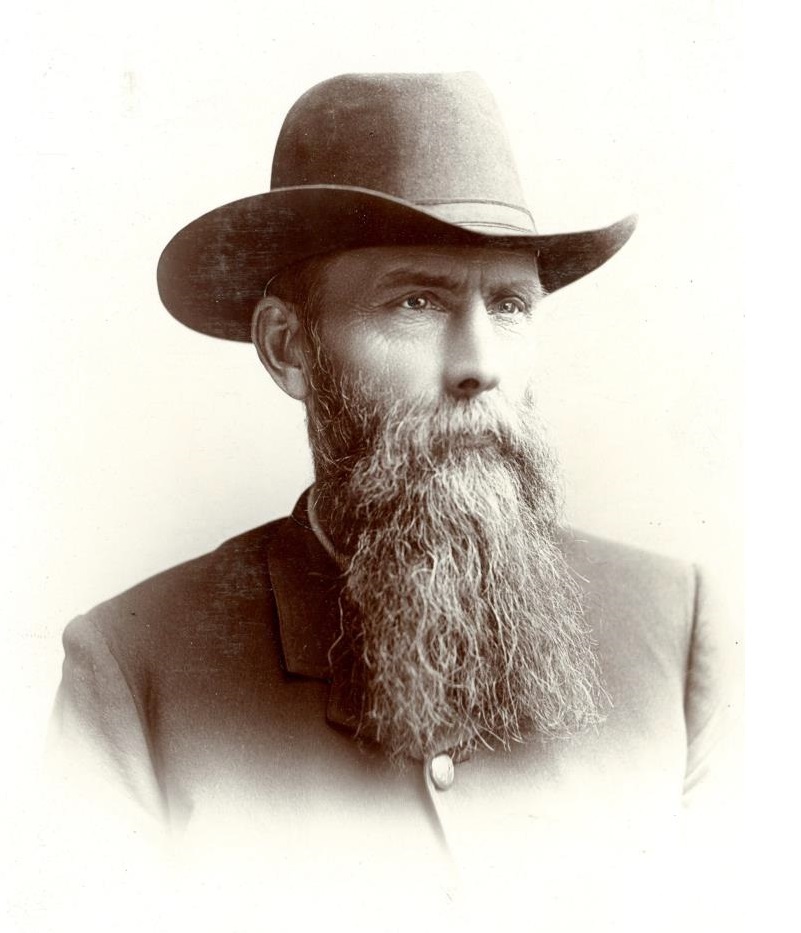
In addition to being an effective and knowledgeable leader, Lawson was also a father figure to the student surfmen who staffed the station. This type of effective leadership wound up paying dividends in a number of successful rescue missions, including the Thanksgiving Day rescue of the S.S. Calumet.
The Calumet Rescue
Keeper Lawson and his student crew’s most famous rescue was the wreck of the steamship Calumet. The following extract from his Gold Lifesaving Medal citation describes the risks taken by Keeper Lawson and his student surfmen:
On November 28 (Thanksgiving Day) 1889, the crew of the Evanston (Illinois) Station, (11th District) Lake Michigan, rendered memorable service in rescuing the crew of the steamer Calumet. Out of Buffalo, New York, she wrecked off Fort Sheridan, Illinois, during one of the region’s fiercest blizzards. The achievement reflected great credit upon the boat’s crew who upheld the reputation of the U.S. Life-Saving Service. The highest praise is also due to the garrison at Fort Sheridan and a party of civilians who aided in getting the surfboat down a steep bluff opposite the vessel. These brave men suffered great hardship in helping to launch the boat after it was lowered from the bluff. It may be justly said that without the aid thus afforded them, the station crew may have been unable to reach the wreck. The result was the rescue of every man from the steamer Calumet.
The ship was bound to Milwaukee, Wisconsin, with a cargo of coal. A few days previous, as it was passing through a shallow part of the Detroit River, the steamer ran afoul of an anchor on the bottom and sprung a leak. The damage was so serious that the ship’s commander, Capt. Green, deemed it prudent to repair as much as practicable and take a steam pump on board to keep the ship afloat.
This would have been sufficient to save it had a gale not come on after passing through the Strait of Mackinac. It was a terrible storm with blinding sleet and snow. The thermometer dropped to 10 degrees. The high sea caused the leak to begin anew. It increased with such rapidity that it got out of control even with the pumps working at full capacity. Another element of danger was that they were unable to find the lights of Milwaukee Harbor.
In this dilemma, the captain resolved to attempt to reach Chicago. Before long, however, the wrecking pump gave out. Green decided to run the Calumet ashore to save the lives of his crew. The vessel had not run far before it grounded heavily on a shoal about a thousand yards from shore. It lay off Fort Sheridan, some 10 - 12 miles north of the nearest lifesaving station at Evanston, Illinois. This was about 10:30 o’clock on the night of Nov. 27.
To save the Calumet from pounding to pieces, the captain ordered the valves in the ship’s bottom opened to permit it to fill completely. The 18 aboard found themselves in a terrible situation. An attempt to save themselves by the boat was out of the question and no help could reach them before dawn.
A.W. Fletcher, a resident of Highland Park, was the first to discover her and he quickly sent a dispatch to Keeper Lawson around 12:30 a.m. The message simply said, “There is a large vessel ashore off Fort Sheridan. Come!” Lawson hurried to the railroad station and asked the night operator when the next train would go north. He replied, “Not before 7:30 a.m.” The operator then added that a freight train from Chicago would pass, without stopping, at about 2 o’clock. A request was immediately wired to the train dispatcher at Chicago to direct this train to stop at Evanston and take the station crew to Highland Park. As it was too late to couple on suitable cars for the transportation of the apparatus, and as the train would reach Evanston in 35 minutes, there was little time for other arrangements to be made.
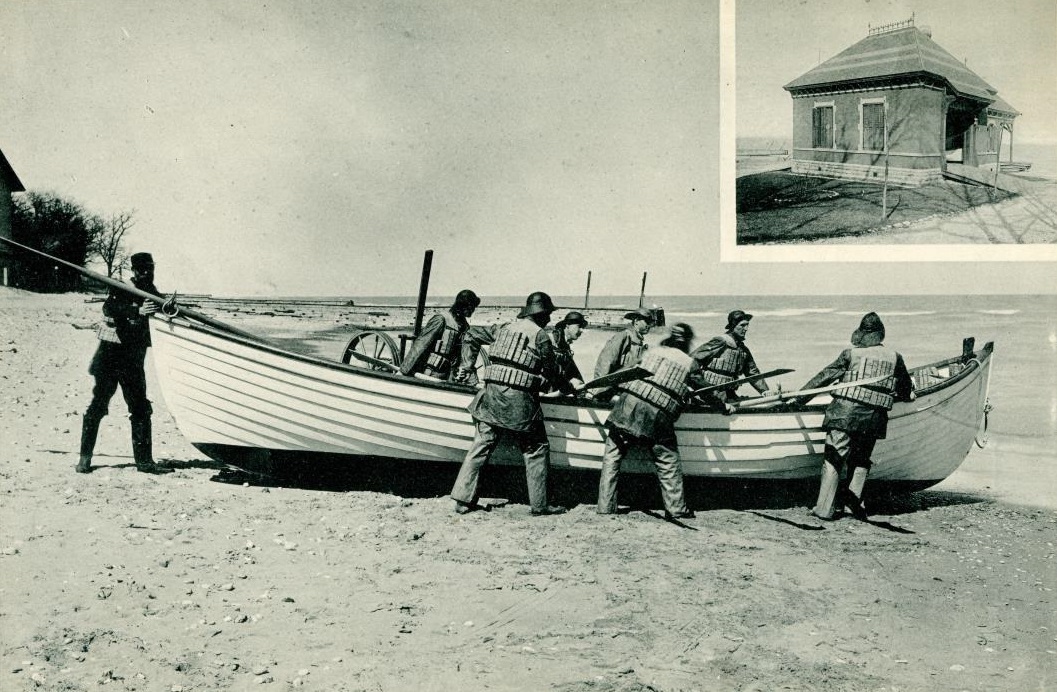 Lawson dashed off to the nearest livery stable and engaged teams to haul the boat and beach apparatus to the fort. He then went back to the station and mustered his crew. One man was directed to remain behind with instructions to wait for the north patrol to come in, and then take the boat and other appliances by the county road. These preliminaries settled, he and the other four men hurried to the railroad station. The police officer who had delivered the dispatch joined the party and all boarded the train. It was 4 o’clock before they reached Highland Park. Fletcher met them once they arrived and guided them the remaining two miles.
Lawson dashed off to the nearest livery stable and engaged teams to haul the boat and beach apparatus to the fort. He then went back to the station and mustered his crew. One man was directed to remain behind with instructions to wait for the north patrol to come in, and then take the boat and other appliances by the county road. These preliminaries settled, he and the other four men hurried to the railroad station. The police officer who had delivered the dispatch joined the party and all boarded the train. It was 4 o’clock before they reached Highland Park. Fletcher met them once they arrived and guided them the remaining two miles.
The shore at that point was a bold, precipitous bluff some 70 or 80 feet high, with a ravine extending down to the water’s edge. The guide became confused in the darkness and storm, and lost his way. This compelled the party to traverse several ravines before they finally reached the place where they could operate at 5 o’clock.
The surfmen built a fire to serve as a beacon to the people on the vessel and to warm themselves by while waiting for daylight and the arrival of the lifesaving appliances. The boat and gear arrived at 7 o’clock. It was then light enough to see that the people aboard the ship could not hold out much longer. The keeper decided to attempt to reach the Calumet by line rather than risk the lives of the men and the destruction of the boat. Two shots were fired, but each fell a long distance inshore of the vessel. This showed that it was much farther out than had been estimated and, therefore, beyond working range of the lines. Boat service was therefore the only alternative.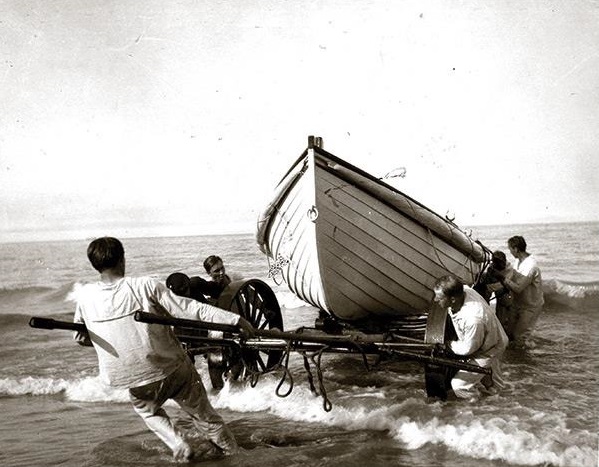
Discarding the gun, the men immediately prepared to launch a boat. Deciding to use the same ravine where they had built the fire, the men used axes to cut through the brush making it wide enough to slide the boat to the water. Once this was done, the boat was started down the ravine. Soldiers from Fort Sheridan and others eased it to within a few feet of the water. The gully was about 300 yards to the south of the point directly abreast of the wreck. It was, therefore, necessary to drag it along the narrow shelf of beach at the foot of the bluff.
With the heavy surf rolling in, the men had to wait between breakers to make any progress. Even then, the gallant fellows were half the time waist-deep and more in the cold icy water, the boat completely filled three times and emptied out the same number. There was also a danger of the men on the inner gunwale being crushed or maimed when the sea struck the craft on its broadside and hurled it against the bank. In spite of this danger and difficulties, the men finally got the boat to a point a little to the windward of the steamer. As soon as its bow could be pointed lakeward, the crew sprang to their places at the oars. When the next sea lifted the craft, the soldiers pushed it out and the oars were put in motion. The rescuing party was off on their perilous errand.
In crossing the inner bar, they met an immense breaker that nearly threw the boat end over end. The shock of its impact was so great that Lawson was almost thrown overboard from his post at the steering oar. Before he could recover, a second wave dashed over the boat and filled it to the thwarts. This made the boat almost unmanageable, but with strong and steady pulling of five of the oars, they managed to keep going and soon were beyond the heaviest line of surf.
In the meantime, however, the current had put them far to the leeward. This gave them a long, hard pull directly in the teeth of the gale. The oars were constantly slipping from the rowlocks as both became encased with ice.
Recovering the ground lost in passing through the breakers was a rough and arduous task. An eyewitness from the bluff declared that at times he thought they would never succeed. The steamer’s crew was clustered about the pilothouse. The vessel was literally encased in ice and the men were stiff after so many hours of exposure.
At last, after one of the most perilous trips ever undertaken by a lifesaving crew, they got near enough to the bow of the steamer for Green to throw them a line. Every watcher on the shore, as well as those aboard, breathed easier when the boat came alongside. Six of the castaways were, with some difficulty, taken into the boat. After putting a life preserver on each man, they started for the shore. Owing to the strong current, the landing was made fully a quarter of a mile south of the point of starting. As soon as the sailors were helped out, they continued to the fire on the bluff where they beat ice from their frozen garments and received hot coffee.
While this was being done, the boat was emptied and dragged to a point where it could be launched for another trip. Much refreshed by the coffee the soldiers provided and after a small rest, the surfmen again made their way down to the boat. The boat was launched again in the same manner as the first. With the knowledge gained by their previous experience, the boat was from the start headed more to the current and they were not swept so far to the leeward. Consequently, they reached the wreck quicker. The lifesavers made three trips in all, rescuing six men each trip. Thus rescuing the entire crew of 18 men without any of them being seriously frostbitten. By the time they accomplished this work, the station men were almost in as bad a plight as the men they had saved.
The assisting party took charge of the boat and, after hauling it back onto the bluff, saw it safely on its carriage in charge of the teamster en route to the station. While this was being done, the surfmen again refreshed themselves with coffee. They then took the first train for Evanston, where they arrived early in the afternoon. A few hours after the rescue of its crew, the steamer broke up completely and, on the following morning, nothing was left but the stem and sternpost.
Keeper Lawson and his six student surfmen received the Congressional Gold Lifesaving Medal for the Calumet rescue on Oct. 17, 1890. Lawson remained keeper until July 16, 1903, when he voluntarily retired due to failing health. Lawrence Lawson died Oct. 29, 1912. During his time as keeper, Lawrence and his student surfmen successfully responded to 68 shipwrecks and saved more than 400 lives.
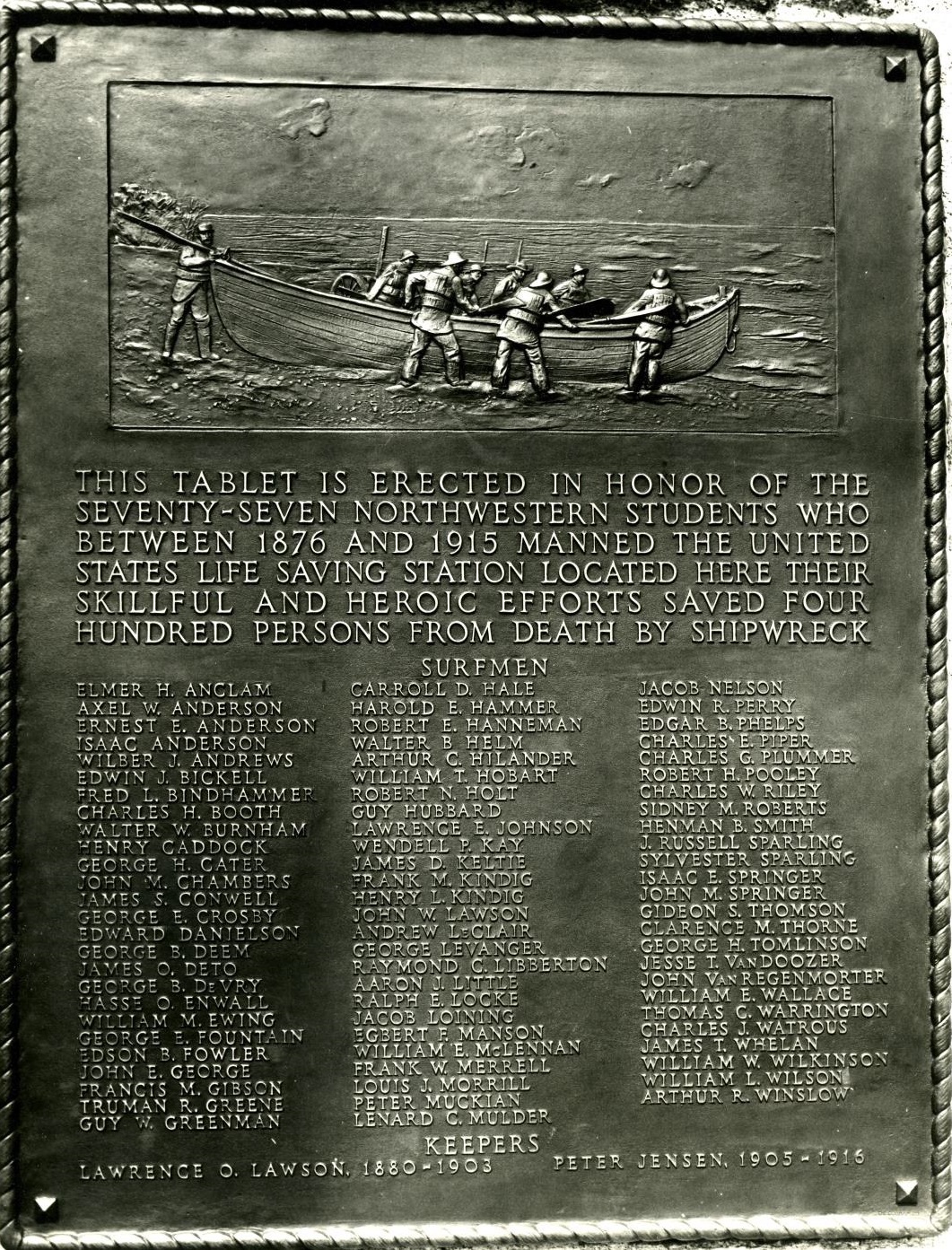
This article appears courtesy of Coast Guard News and may be found in its original form here.
The opinions expressed herein are the author's and not necessarily those of The Maritime Executive.

